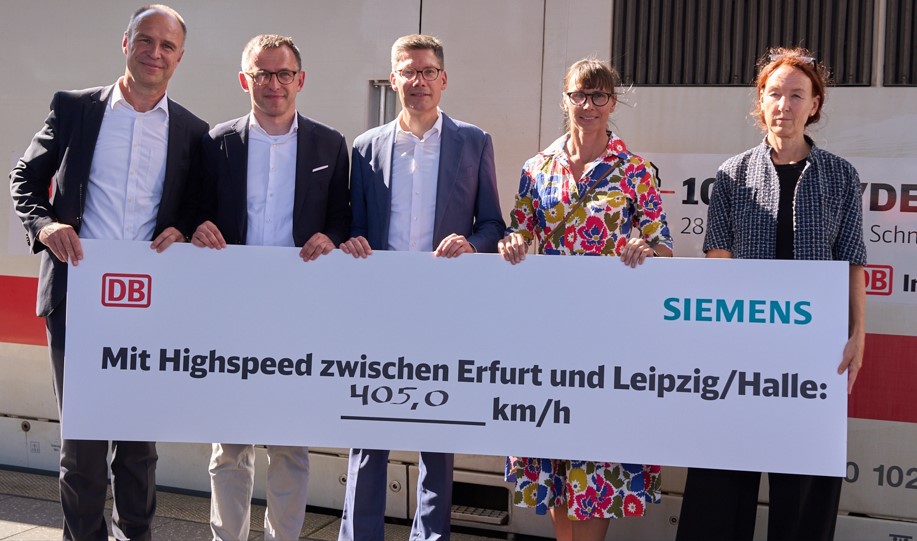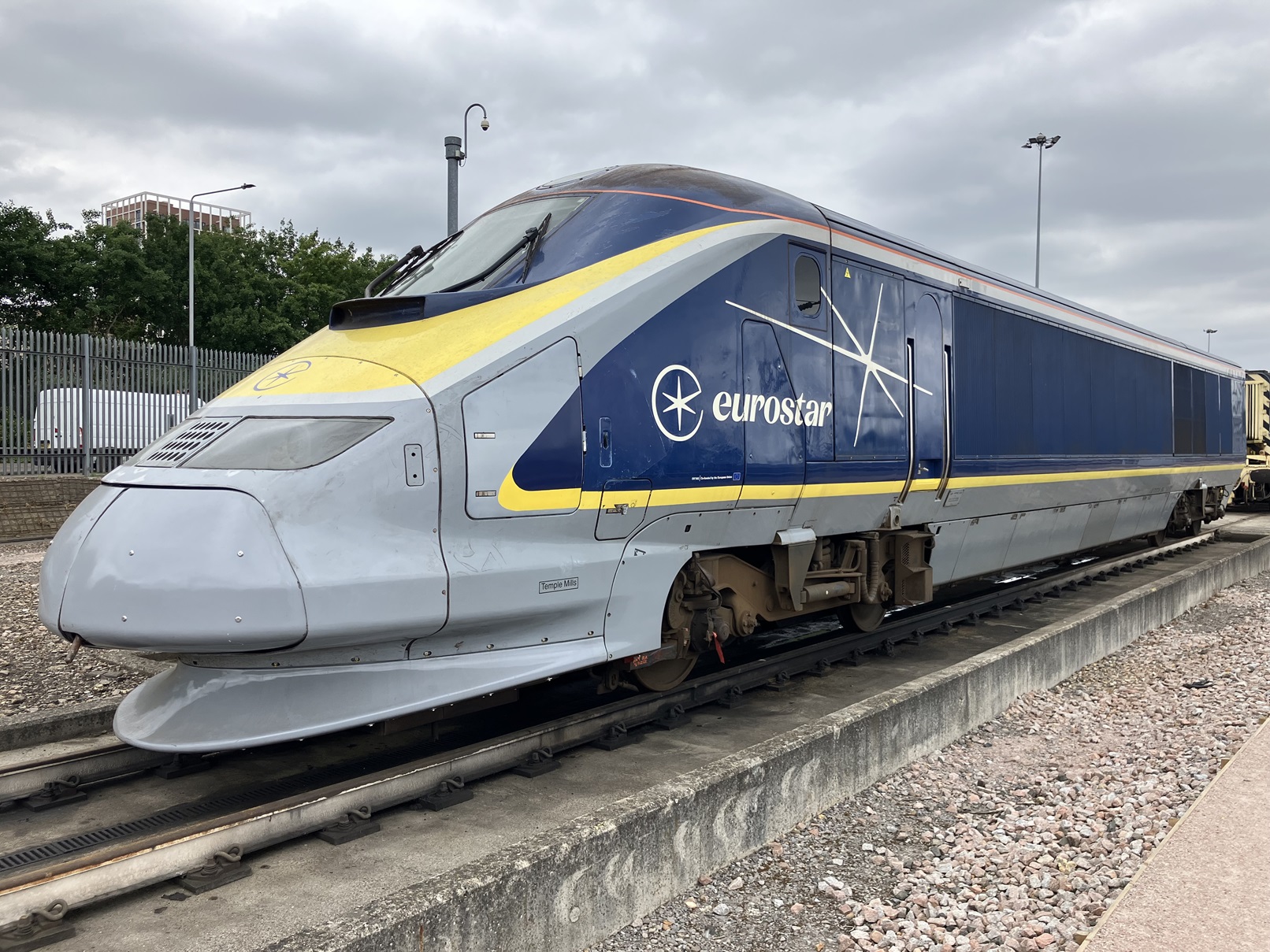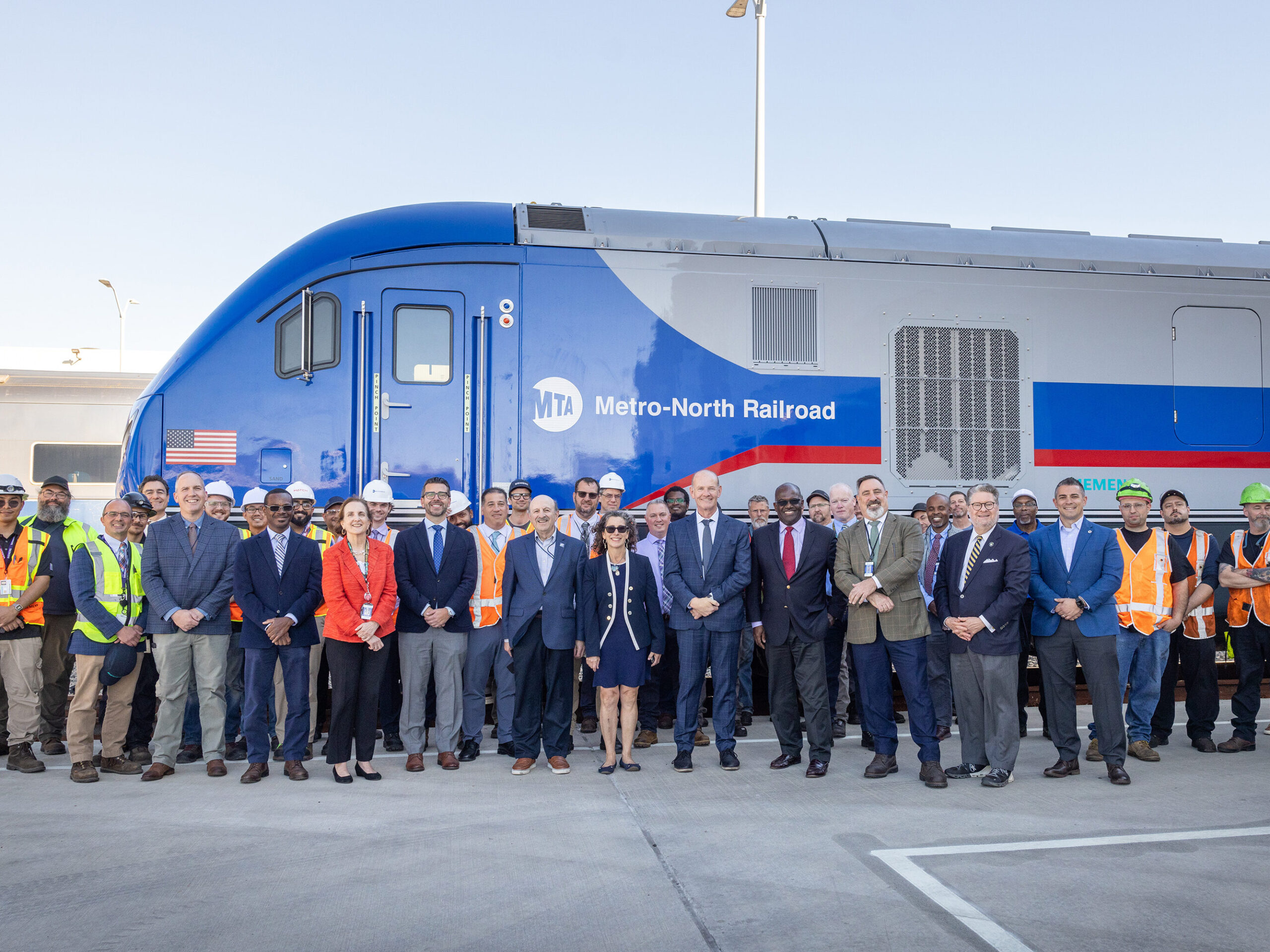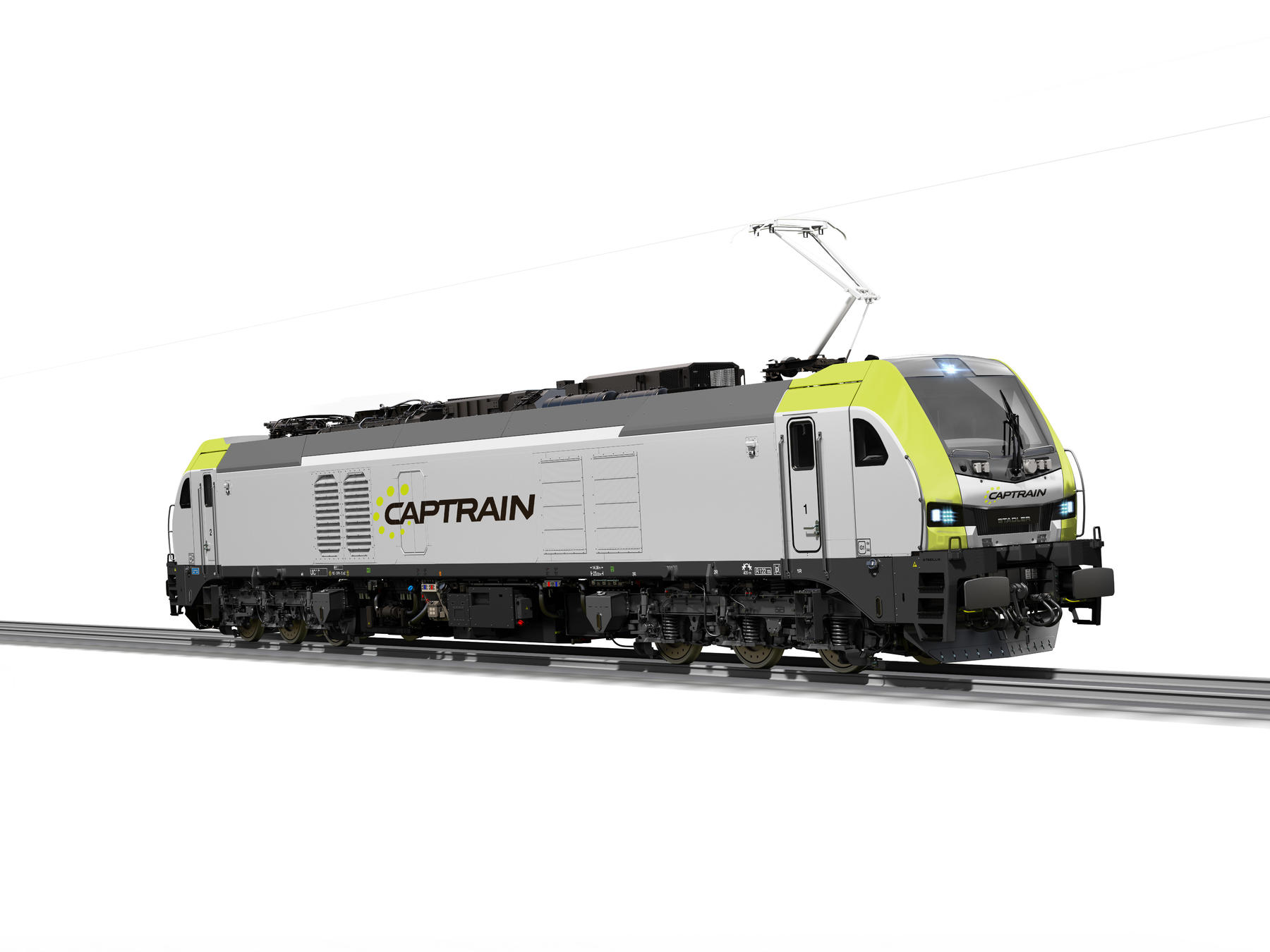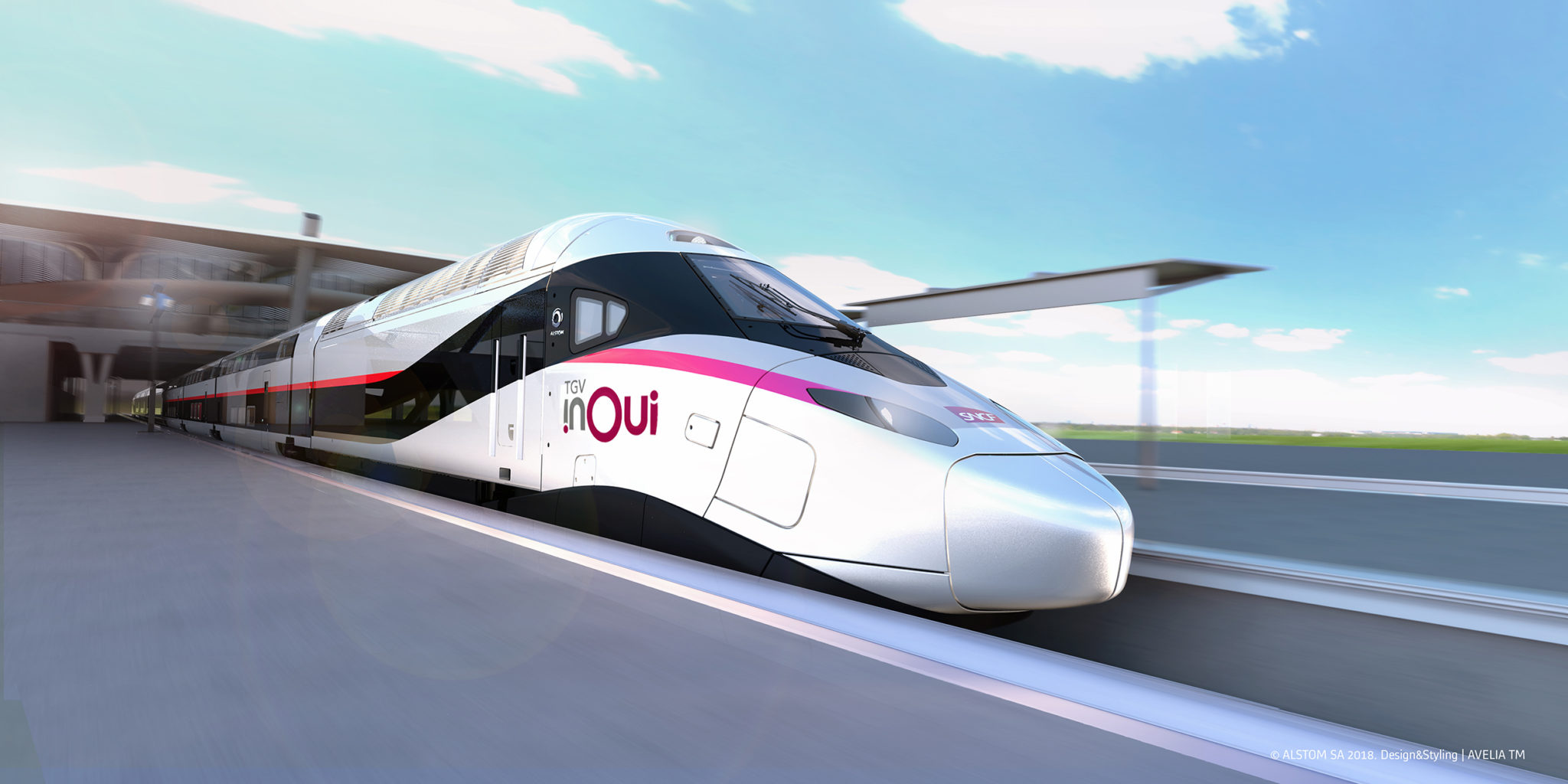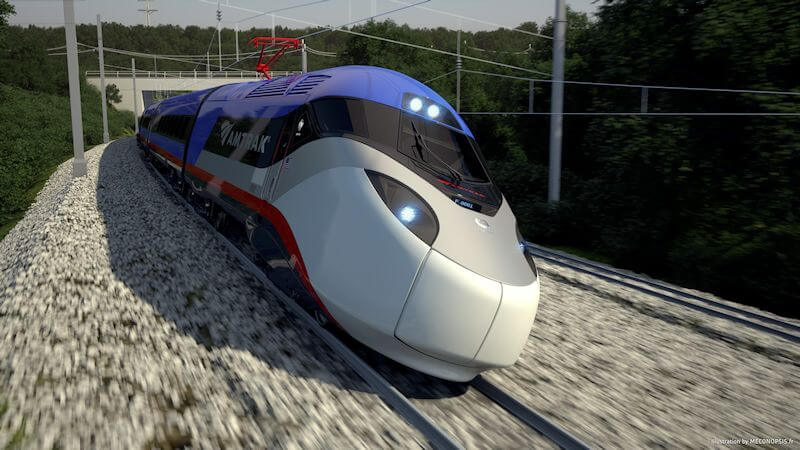Since April 2012, when Alstom’s fleet of Avelia AGV very-high-speed-trains started operating in Italy, they have collectively travelled 100 million kilometres. The fleet has 25 trains, meaning that on average, each train has travelled 4 million kilometres.
The Avelia AGVs operate for NTV under the Italo brand. NTV is Europe’s first private operator in the high-speed sector. NTV’s fleet consists of 25 Avelia AGVs and 17 Pendolinos, both manufactured by Alstom. Collectively, they serve 25 Italian cities and 30 railway stations. Italo runs 116 services per day.
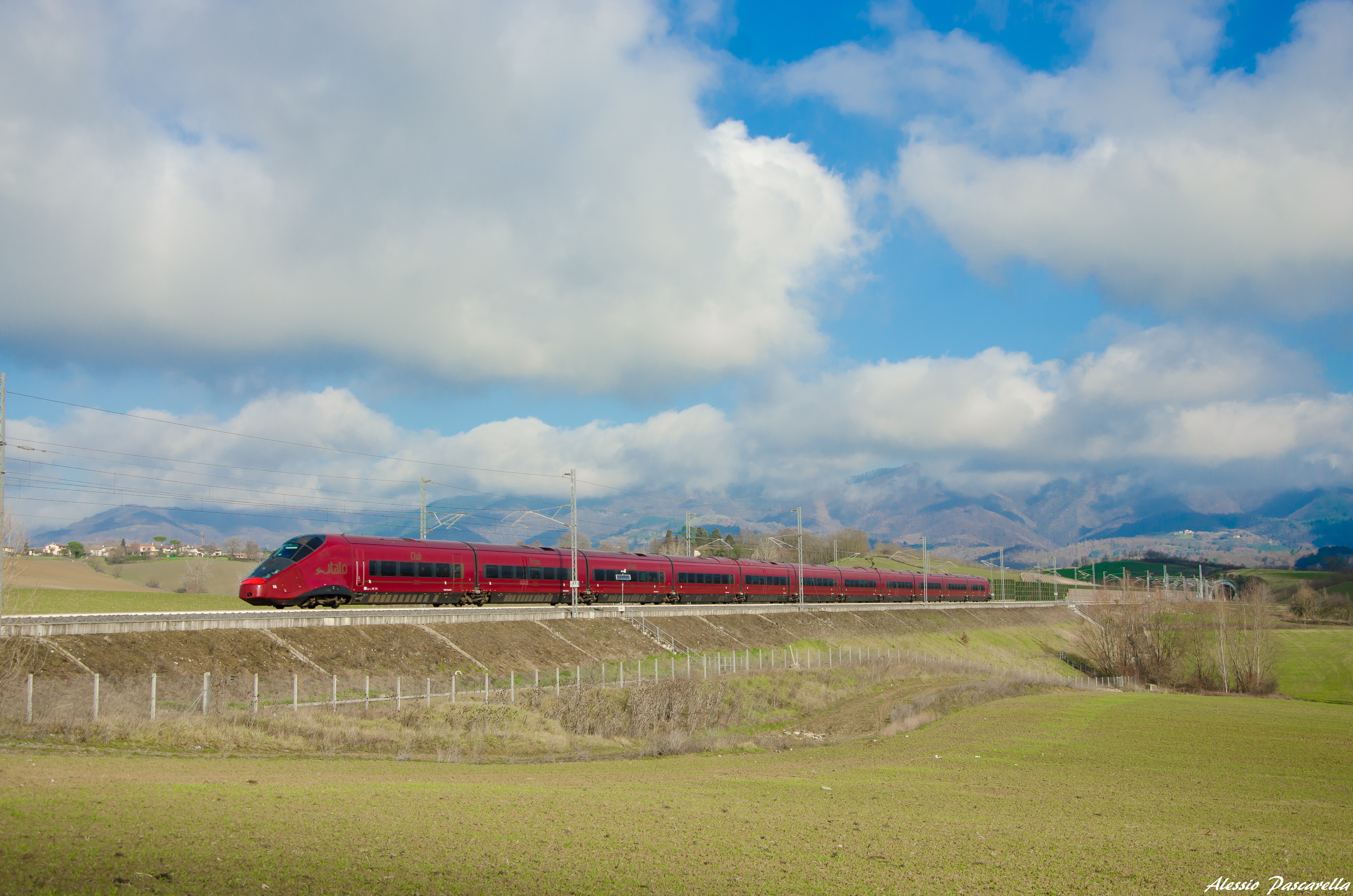
The Avelia AGV travels at 300 km/h across Italo’s high-speed network, aided by its articulated design. In its 11-car configuration, the Avelia AGV for Italo is 200 metres long. Alstom says the AGV is 100mm wider than conventional very-high-speed models. Additionally, they offer 462 seats and the largest windows available on the very-high-speed market. The positioning of the bogies between cars make the Avelia particularly quiet.
Laurent Jarsalé, Vice-President of Alstom's Mainlines Platform, said:We are immensely proud that our trains have covered such a distance and transported so many passengers since beginning service. Add to that the Avelia Pendolino trains more recently delivered to NTV, and we have proof of the importance of high-speed rail services and Alstom's unique ability to accompany its customers in the domain.
Energy and Cost-Efficiency
Thanks to Alstom’s lightweight and aerodynamic design, Avelia AGVs consume 15–30 percent less energy than conventional non-articulated very-high-speed trains. On top of this, the trains use breaking energy recovery to increase their energy efficiency. Alstom also says that the maintenance costs of the Avelia AGV fleet is 10 percent less than those of non-articulated models. The fleet is adaptable, both inside and out, with a possible configuration of between 7 to 14 cars. Also, the interior layout is adaptable, meaning it can be updated during the train’s expected lifespan of 30 years.
Also read:
- UK: Alstom Reveals Its Design for HS2 Trains
- Amtrak Increases Acela Express Services on NEC Route
- Alstom to Supply Italo with 5 New Pendolino EVO Trains
- First NTV Pendolino Italo Car Revealed

















